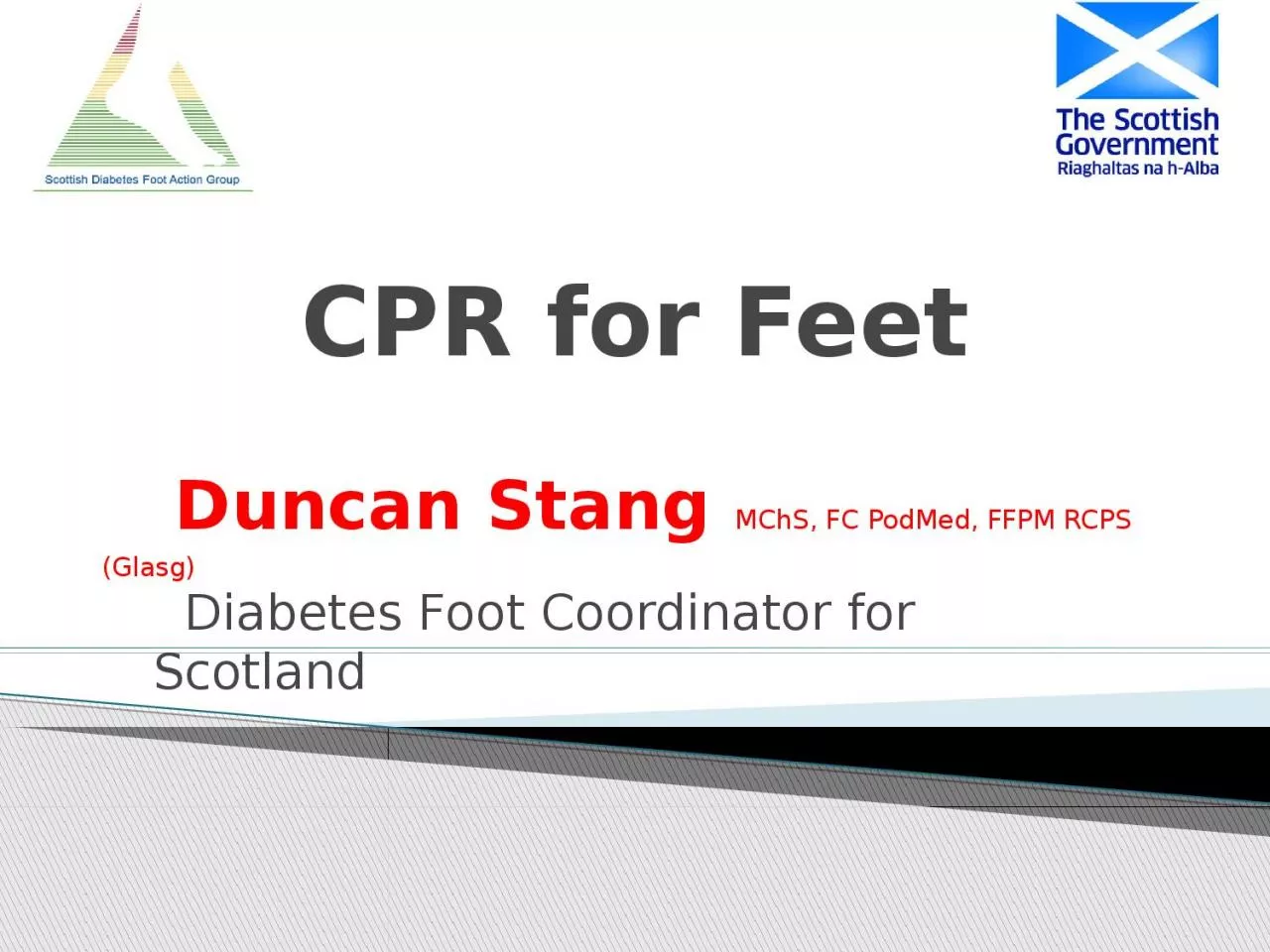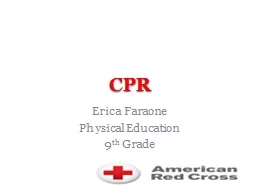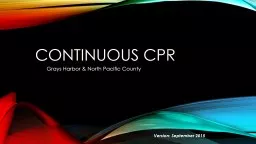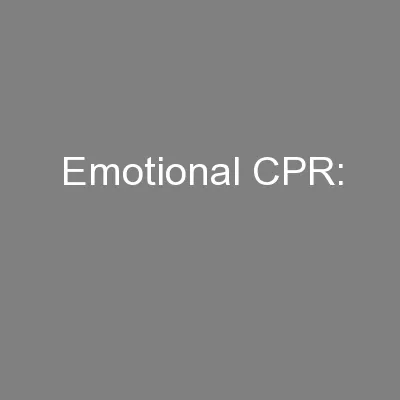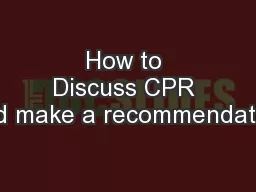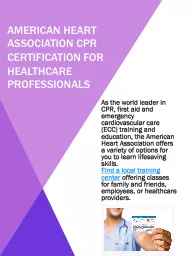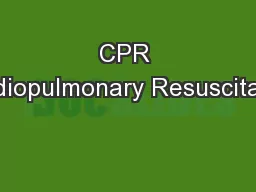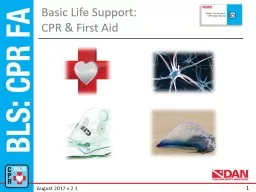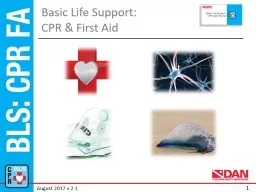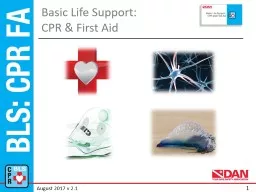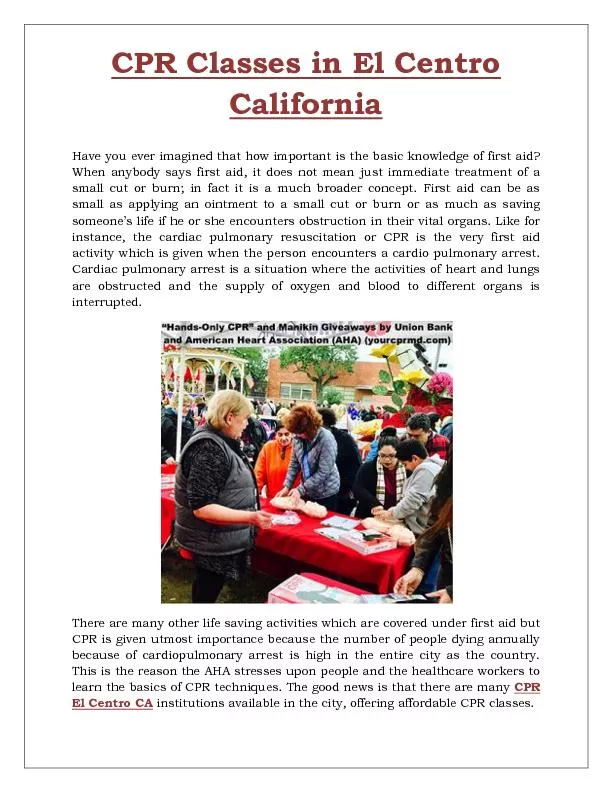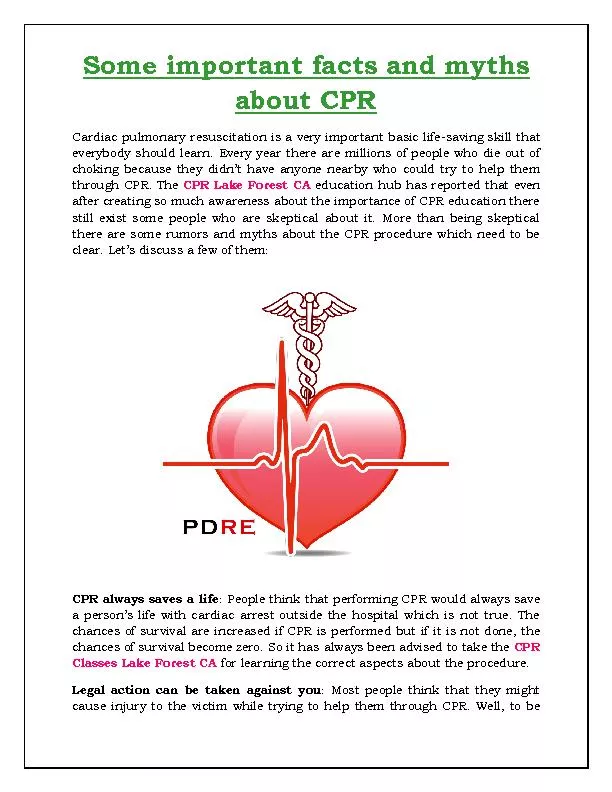PPT-CPR for Feet Duncan Stang
Author : HappyHusky | Published Date : 2022-08-02
MChS FC PodMed FFPM RCPS Glasg Diabetes Foot Coordinator for Scotland What is it It is a very simple system to make sure on admission to hospital or any care
Presentation Embed Code
Download Presentation
Download Presentation The PPT/PDF document "CPR for Feet Duncan Stang" is the property of its rightful owner. Permission is granted to download and print the materials on this website for personal, non-commercial use only, and to display it on your personal computer provided you do not modify the materials and that you retain all copyright notices contained in the materials. By downloading content from our website, you accept the terms of this agreement.
CPR for Feet Duncan Stang: Transcript
Download Rules Of Document
"CPR for Feet Duncan Stang"The content belongs to its owner. You may download and print it for personal use, without modification, and keep all copyright notices. By downloading, you agree to these terms.
Related Documents

